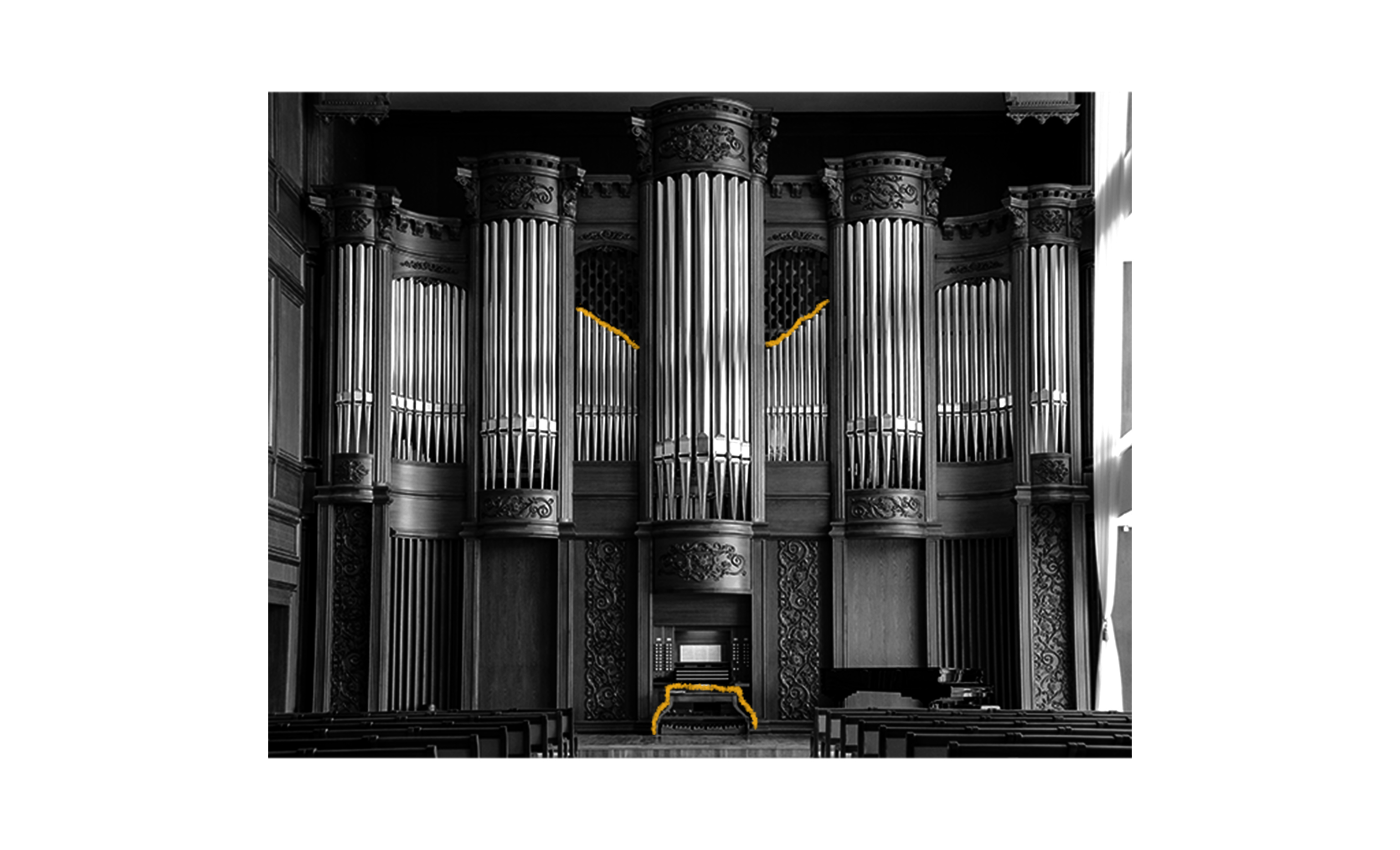The earliest pipe organs are thought to have been water organs, or hydrauli, that were developed in Northern Africa during the Hellenic Age. Later, bellows that were invented in ancient Egypt were used to pump air into organs, creating the earliest pipe organs. (Notably, new organs are still made with bellows that can be inflated manually, as this often produces a better sound than bellows inflated with electric motors.) Pipe organs were first used to provide musical accompaniment to contests with wild animals that took place in the Imperial court and amphitheaters of ancient Rome, and it is thought that pipe organs were already largely capable of producing a complete scale by this time. In 757 AD, Emperor Constantine of the Byzantine Empire presented Pepin the Short, King of the Franks, with an organ as a gift. This prompted the instrument’s spread across Western Europe and Christendom. This is likely when pipe organs were first installed in chapels and churches, where they were probably first used to play Gregorian chants. Eventually, a keyboard was created to allow the playing of music that featured harmonies rather than just a single melody. Early keys were 8 cm wide, quite heavy, and meant to create long, solemn sounds intended for churches. Over the centuries, the keyboard and mechanisms connected to the valves controlling the flow of air into the pipes were improved. By the Renaissance, the pipe organ had almost fully developed into its current form. It is considered the original keyboard instrument. The pipe organ is still used in churches today and also features in many different styles of music.

Your go-to guide for weird history facts
Subscribe to the FREE daily email that makes learning about history fun.


